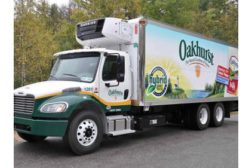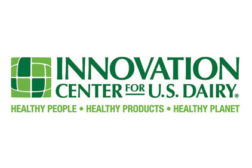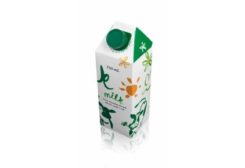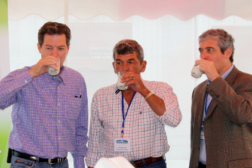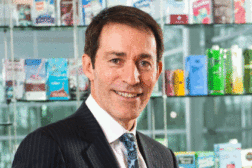Home » sustainability
Articles Tagged with ''sustainability''
Learn how to be an energy star by cutting costs
Free online resources from the EPA and the Innovation Center for U.S. Dairy simplify process of reducing energy, cutting costs.
October 16, 2012
Sustainability: 10 Big and little green ideas
Dairy processors are reducing their use of water, energy, transportation and packaging. Here are 10 examples from the United States and abroad.
October 15, 2012
Sustainability
Oakhurst Dairy adds new hybrid delivery trucks to its fleet
October 12, 2012
Packaging
Tetra Pak launched new green features in its packaging portfolio
September 15, 2012
Farmers and Processors
Cheers! Dannon, McCarty Farms toast their processor-producer marriage
June 14, 2012
Packaging
Sustainability and packaging solutions for processors of dairy foods
April 12, 2012
Water management practices in dairy processing plants
The best fluid-milk plants use about one-half gallon of water per gallon of milk processed. The least efficient plants use four times that amount.
April 10, 2012
Stay ahead of the curve. Unlock a dose of cutting-edge insights.
Receive our premium content directly to your inbox.
SIGN-UP TODAYCopyright ©2025. All Rights Reserved BNP Media.
Design, CMS, Hosting & Web Development :: ePublishing



